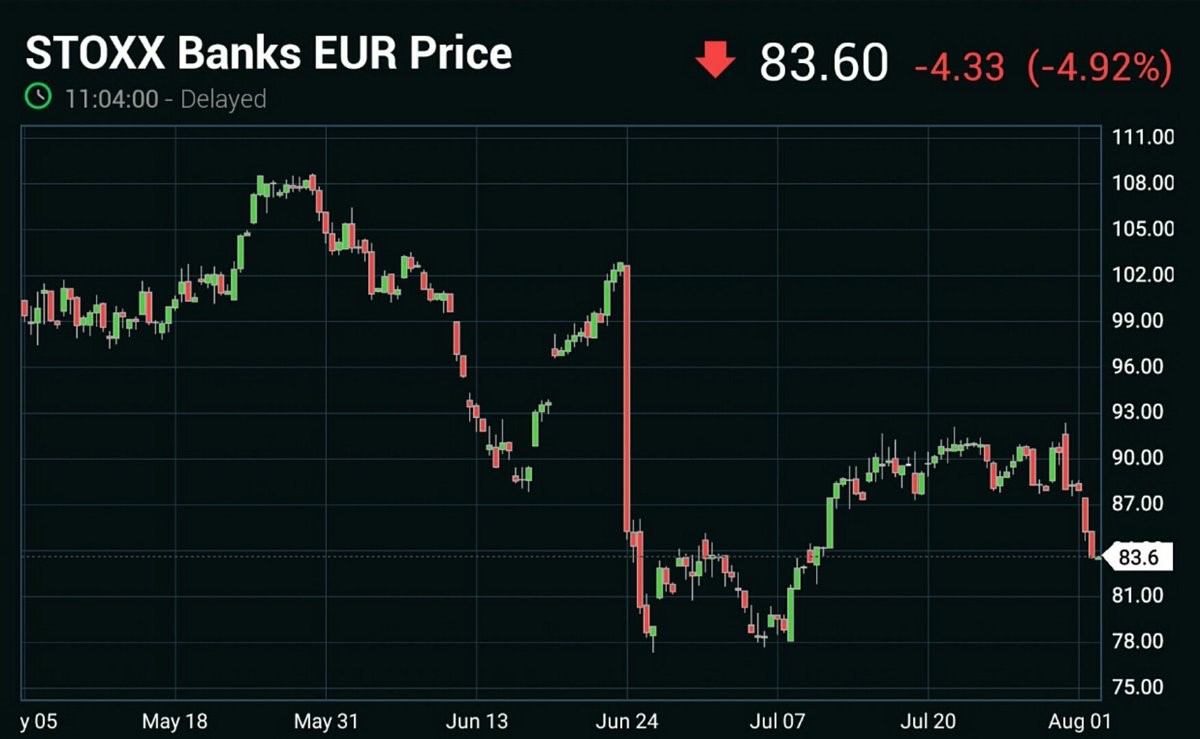The extraordinary global increase in the debt-to-GDP ratio requires a growth rate of at least 4% in order for the debt to be sustainable. The unfortunate thing is that such growth rate looks unrealistic given today’s economic fundamentals. Moreover, the earnings stagnation signifies that for the market momentum to be sustained the profit picture needs to improve significantly. However, such improvement may seem improbable given the dismal demand dynamics.
Heavily indebted nations, corporations, and households feel the debt pressure and this limits their spending capacity. Especially for corporations and their capital accounts, the pressure could be coming both from their debt levels as well as from limited demand expansion. The high debt levels demand financial repression in the form of extremely low interest rates (which in some cases turn out to be zero and even negative). One of the many consequences of such policy (in addition to the capital misallocation and market distortions) is that pension funds and insurance companies face serious problems regarding the funding of their liabilities.
Since late February of this year, the equities market is in an upswing which may not be fully justified. Nowadays the concern is that we may be destined for a major correction given that the markets are very vulnerable to shocks. So while market volatility may be muted for the time being, market undercurrent sensitivity is very high, implying that both volatility and market risk are trending on a high note. When we add to the picture the geopolitical uncertainties and the overcapacity built in several industries and across countries (especially in China) in combination with the banking problems in the EU, we get a picture of a messy dancing floor where cacophony prevents the emergence of catalysts and policies that could suspend and/or cancel the banquet of stagnation that seems to be prevailing.
In such an environment a gradual move into cash and cash equivalents may serve a multi-purpose. Moreover, anchoring the portfolios to steadier hard asset classes may prove to be wise. In this environment, central banks may face difficult choices given the lower marginal effectiveness of QEs, especially when we take into account the enormous pressures on EU banks as shown below.
It is our opinion that if an EU-banking shock materializes, it may end up having dramatic consequences worldwide. The size of their derivatives portfolios (especially of Deutsche Bank) is in the trillions of dollars, and therefore even a medium size accident or side-effect of an economic/financial accident could generate a snowball of a market correction that will shake up the markets for months to come and which could serve as the catalyst of the next recession.

